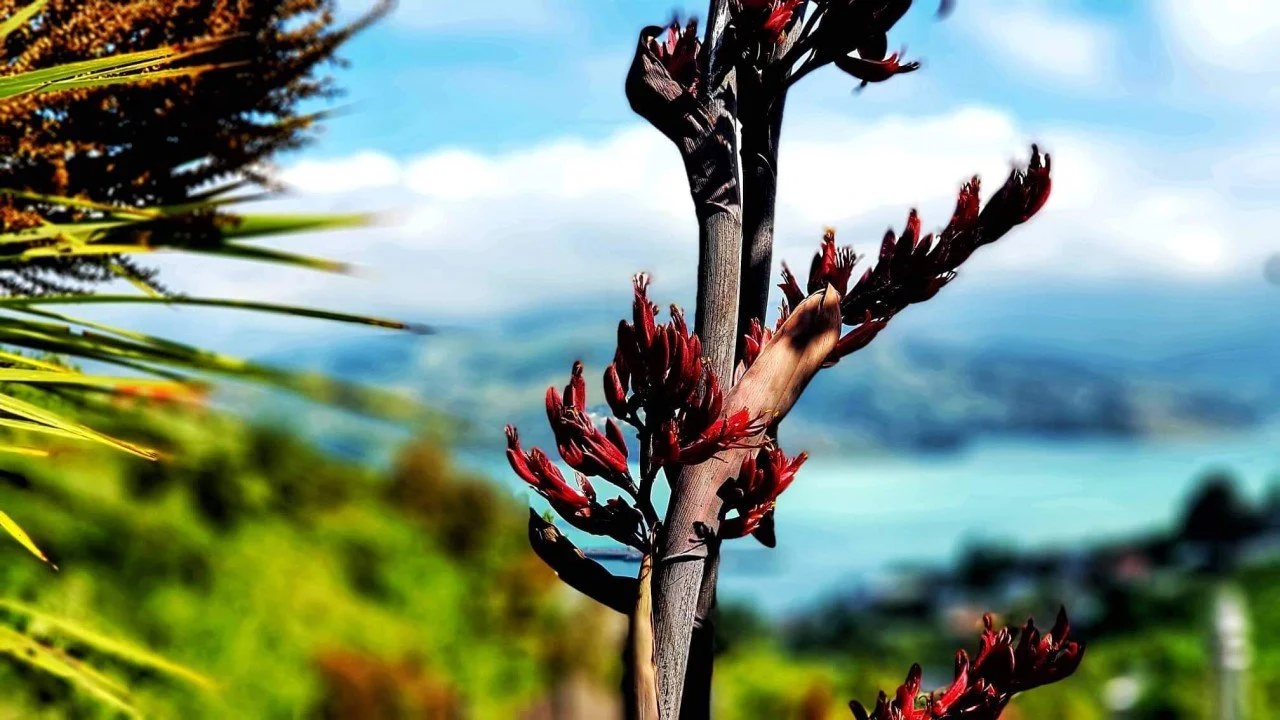Leadership at the Intersections: Why Courage Looks Different From the Margins
Flax flowering during summer - Photo Credit: Rāwā
A Moment of Pause
Not long ago, I was sitting in a room where decisions about health equity were being debated. A senior voice asked, “But what does courage in leadership really look like?”
I looked around. The answers in the room all seemed to orbit around confidence, charisma, or the ability to speak with authority.
And I thought to myself: What if courage looks completely different from the margins?
Leadership Without a Safety Net
For many disabled, Indigenous, or Rainbow leaders, courage is not about speaking louder. It’s about speaking at all, in spaces that weren’t built for us.
It’s turning up even when the odds are stacked against you. It’s offering critique when you know the systems you work within are fragile, and so are the opportunities for people like you to be heard.
“At the margins, courage is not the absence of fear. It’s the decision to keep going even when the safety nets others take for granted aren’t there.”
Too often, mainstream leadership frameworks define bravery through the lens of privilege. But lived experience at the intersections demands a different kind of strength: one that blends vulnerability, persistence, and cultural accountability.
What Courage at the Margins Teaches Us
This is where intersectionality matters. None of us lives a single identity at a time — our realities overlap. Being Māori and Disabled, Takatāpui, Pacific, a parent, or rural, and working within national and international systems means experiencing both compounded barriers and unique insights. Intersectionality reminds us that courage is shaped not by a single label, but by the way multiple identities intersect in moments of risk and leadership.
When leadership comes from the margins, it carries three lessons for systems everywhere:
Humility and interdependence: Courage is a collective, not an individual, endeavour. Whānau, hapori, and community sustain leaders when the system doesn’t.
Radical persistence: It’s not about one bold moment; it’s about many quiet ones, sustained across years of structural resistance.
Redefining risk: For those who are intersectional, risk is not hypothetical. It’s personal, embodied, and immediate. This sharpens our sense of what is worth fighting for.
I’ve learned this in health equity work, where raising uncomfortable truths can strain relationships. And yet, without those truths, the people most affected remain invisible.
My Vision for Brave Leadership
If we want genuinely inclusive systems, we need to reframe what we celebrate as courage. It cannot just be the loudest voice or the boldest headline.
Courage in leadership also looks like:
The young takatāpui advocate who shows up to a consultation and names their truth.
The disabled parent who challenges a policy because it will harm their child’s future.
The kaumātua who stands in two worlds, traditional and modern, and insists that tikanga guides the way forward.
“True courage is not just leading from the front. It’s leading from the intersections, where the risks are highest and the change is most needed.”
My vision is for organisations to not just invite intersectional leaders to the table, but to resource, protect, and celebrate them for the courage they bring because it is from those intersections that the most transformative leadership emerges.
🔗 Follow me for more reflections on systems change, equity leadership, and human rights diplomacy.
🖤 Ko te pae tawhiti whāia kia tata. Ko te pae tata whakamaua kia tīna. | Seek out the distant horizons so they may become close. Hold fast to the close horizons so they may be secured.


